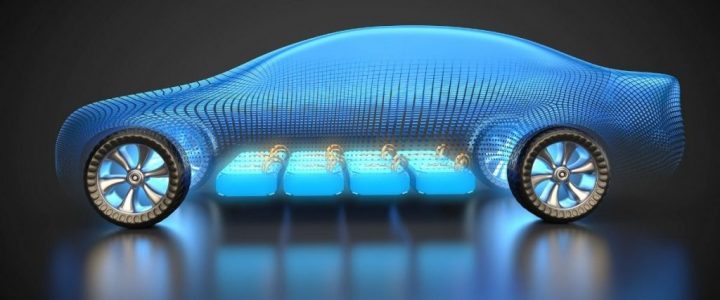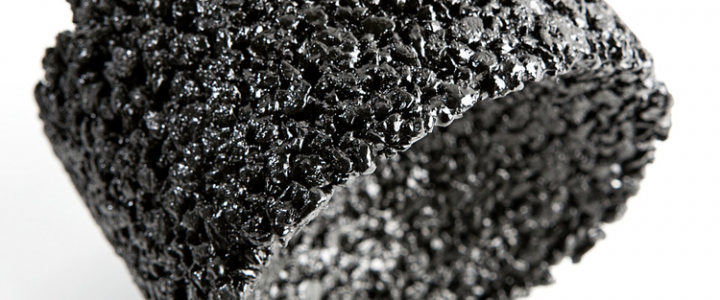| 1 YEAR | II semester | 6 CFU |
| Cristiano M. VERRELLI | A.Y. 2021-22 |
| A.Y. 2022-23 | |
| Code: SSD: ING-INF/04 |
FORMATIVE OBJECTIVES
LEARNING OUTCOMES:
The theory of differential equations is successfully used to gain profound insight into the fundamental mathematical control design techniques for linear and nonlinear dynamical systems.
KNOWLEDGE AND UNDERSTANDING:
Students should be able to deeply understand (and be able to use) the theory of differential equations and of systems theory, along with related mathematical control techniques.
APPLYING KNOWLEDGE AND UNDERSTANDING:
Students should be able to design feedback controllers for linear (and even nonlinear) dynamical systems.
MAKING JUDGEMENTS:
Students should be able to identify the specific design scenario and to apply the most suitable techniques. Students should be able to compare the effectiveness of different controls while analyzing theoretical/experimental advantages and drawbacks.
COMMUNICATION SKILLS: Students are expected to be able to read and capture the main results of a technical paper concerning the topics of the course, as well as to effectively communicate in a precise and clear way the content of the course. Tutor-guided individual projects (including Maple and Matlab-Simulink computer simulations as well as visits to labs) invite intensive participation and ideas exchange.
LEARNING SKILLS:
Being enough skilled in the specific field to undertake the following studies characterized by a high degree of autonomy.
SYLLABUS:
The matrix exponential; the variation of constants formula.
Computation of the matrix exponential via eigenvalues and eigenvectors and via residual matrices. Necessary and sufficient conditions for exponential stability: Routh-Hurwitz criterion. Invariant subspaces.
Impulse responses, step responses and steady state responses to sinusoidal inputs. Transient behaviours. Modal analysis: mode excitation by initial conditions and by impulsive inputs; modal observability from output measurements; modes which are both excitable and observable. Popov conditions for modal excitability and observability. Autoregressive moving average (ARMA) models and transfer functions.
Kalman reachability conditions, gramian reachability matrices and the computation of input signals to drive the system between two given states. Kalman observability conditions, gramian observability matrices and the computation of initial conditions given input and output signals. Equivalence between Kalman and Popov conditions.
Kalman decomposition for non-reachable and non-observable systems.
Eigenvalues assignment by state feedback for reachable systems. Design of asymptotic observers and Kalman filters for state estimation of observable systems. Design of dynamic compensators to stabilize any reachable and observable system. Design of regulators to reject disturbances generated by linear exosystems.
Bode plots. Static gain, system gain and high-frequency gain.
Zero-pole cancellation.
STATISTICS:
| A.Y. | Mechatronics students | Other courses Students | Mechatronics average | Other courses average |
| 2019/2020 | 10 | 62 | 24 | 23 |
| 2020/2021 | 19 | 25 | 23 | 24 |
| 2021/2022 | 13 | 44 | 21 | 22 |



